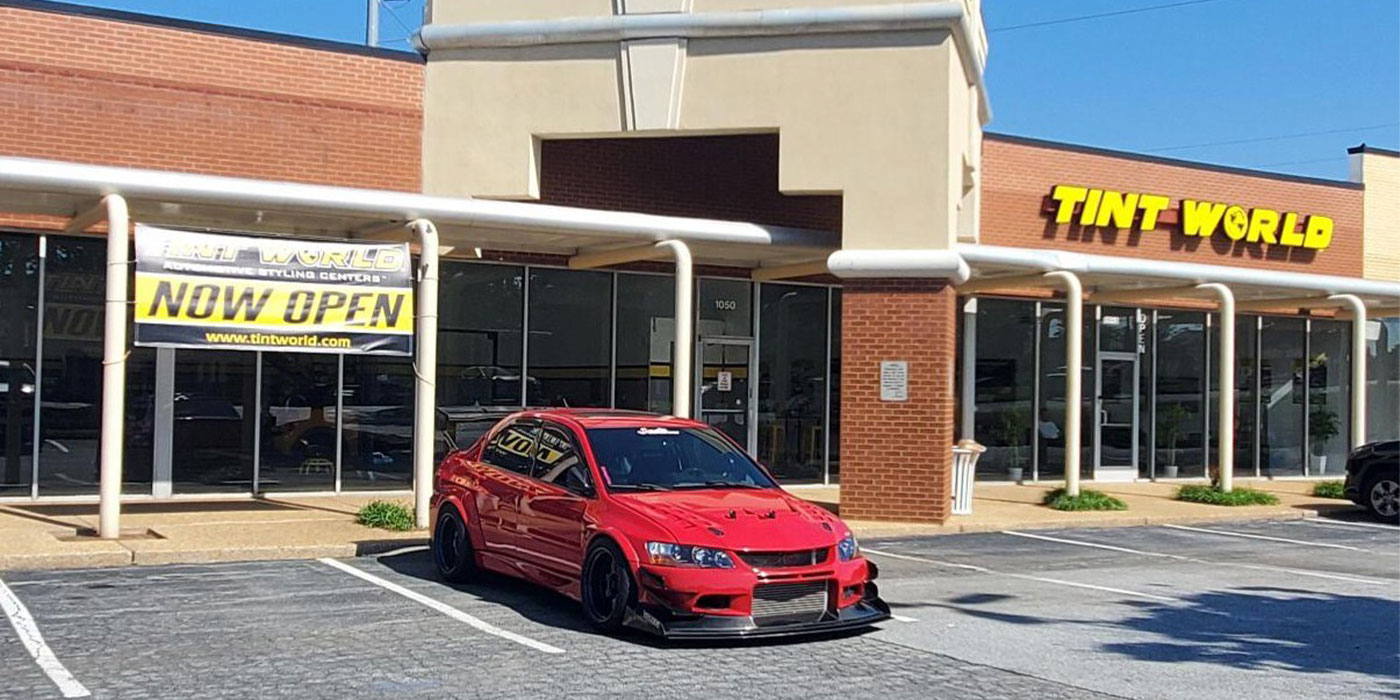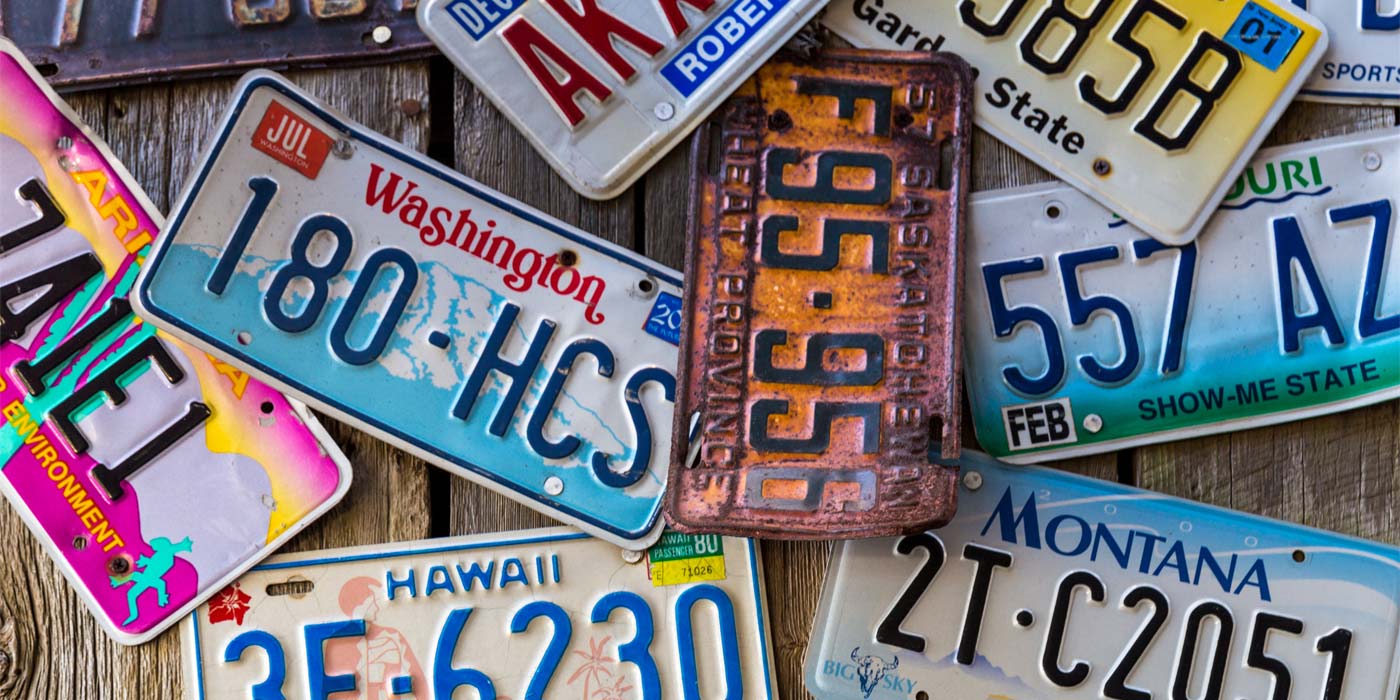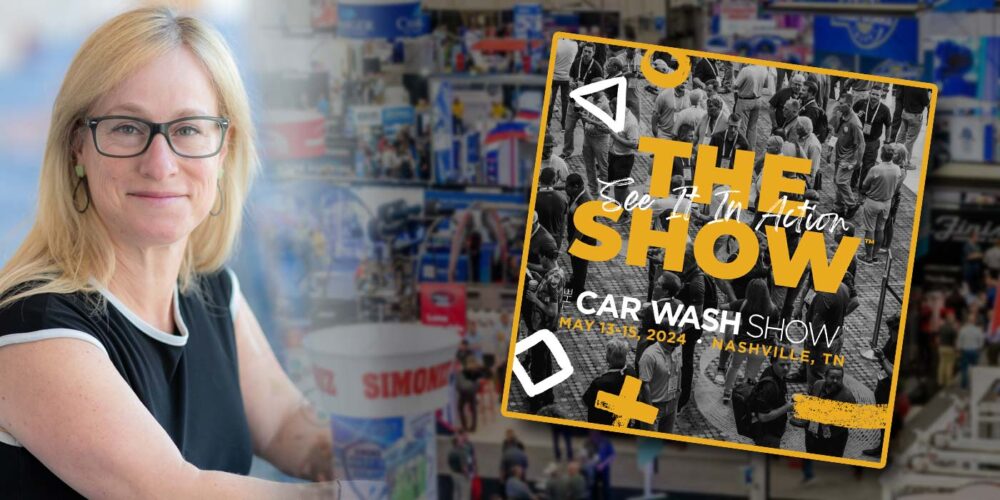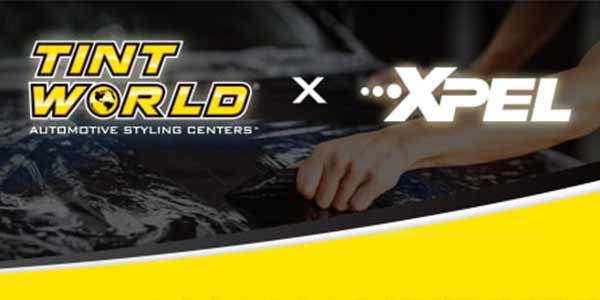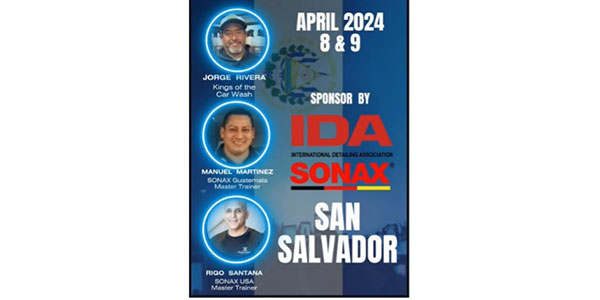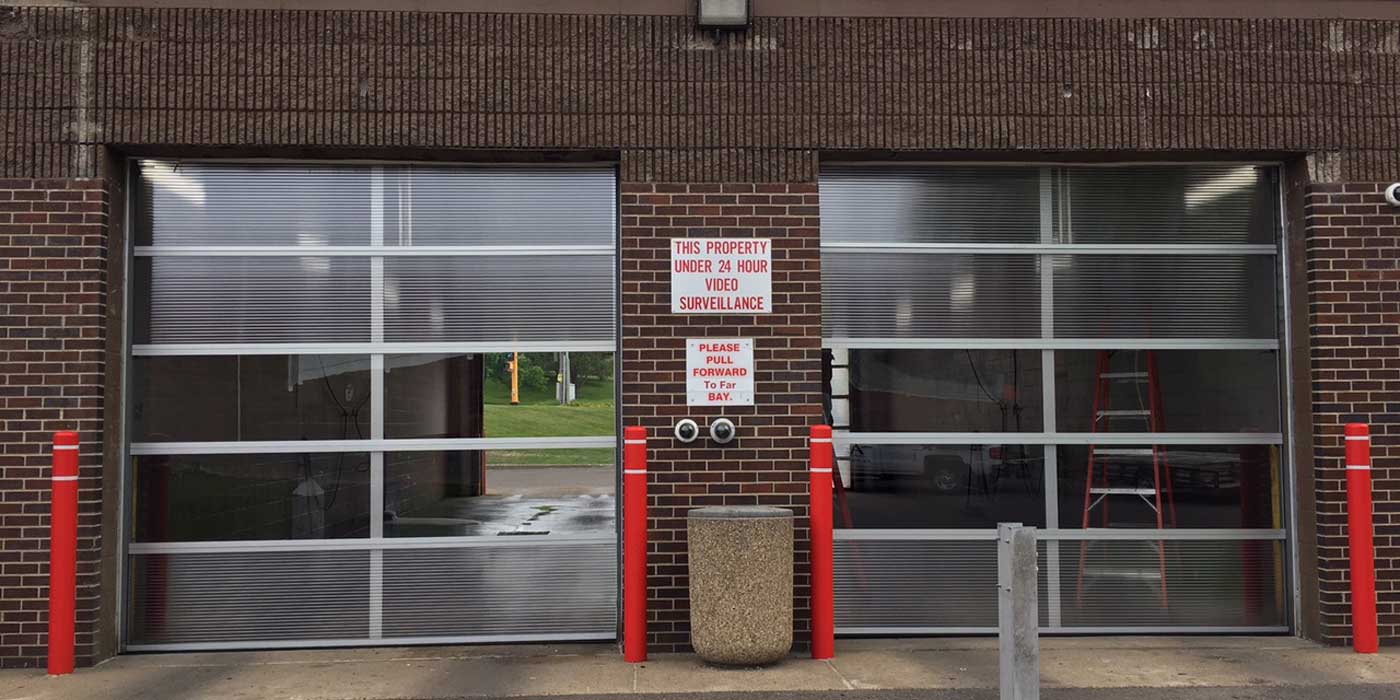In part one of this article, we covered older tech versus newer tech, types of paint finishes, types of polishing tools and more. Let’s pick up with pads and bonnets in part two.
Pads/bonnets
Pads are generally used with rotary buffers/polishers and bonnets with orbital tools. Pads can be grouped into:
• 100% woven wool cutting pads
• 50/50% woven wool/polyester cutting pads
• Foam cutting pads
• Foam polishing/finishing pads
• Orbital bonnets.
Cutting pads
100% woven wool cutting pads have been the standard in the industry for years when paints were single stage and available in diameters of 7 to 9 inches with the Velcro attachment and lengths of 3/4-inch to 1½ inches. The purpose is to remove the paint surface irregularities, oxidation, surface scratches, water spots, etc. Without exception, used with an abrasive compound, the cutting pad will cause swirls in the paint. That is why you must follow its use with a finishing pad.
Back in the day, 50/50% woven wool/polyester cutting pads were developed for the body shop industry to provide a less abrasive pad for buffing freshly sprayed clear-coat finishes. They made their way into the detail industry for paint correction on two-stage paint finishes as a less aggressive alternative to wool pads. The advent of foam has all but eliminated their use.
With the advent of two-stage paint finishes, foam cutting pads have taken over the detail industry. Even with attempts by some companies to introduce microfiber or felt types, foam reigns supreme. The key to understanding foam pads is to know the pores per square inch (pps), which is difficult to obtain from most salespeople because they don’t know.
For simplicity purposes, the more pps in the foam, the less dense the foam will be and therefore, it is more aggressive; that is all you need to know. The pad companies have attempted to differentiate pads by coloring cutting pads by color as well as by grouping into heavy-cut, medium-cut and light-cut categories. In order to choose the best pad for your needs, it is important to determine what you are looking for and try to determine the pores per square inch.
Polishing/finishing pads
These pads fall into three types:
• 100% sheepskin: These pads are made of 100% sheepskin hide and are much softer than the wool pad. But, with the advent of foam, these pads are hardly used by detailers today.
• Synthetic sheepskin: These pads were made for economic reasons as 100% sheepskin pads were very expensive and, again with the advent of foam, these pads are not used today by detailers.
• Foam pads: The foam polishing/finishing pad is affected by pps. The more pps, the denser the foam will be and therefore, it will be softer. Color-coding has more or less identified these pads with black having less pps and white having more pps and being softer. It is up to you to determine which one gives you the result you are looking for.
Eurofoam is another type of foam originally developed in Europe and copied by other pad manufacturers. It is supposed to be better than normal foam pads, but it still really comes down to pps. As of writing this article, not enough is known about eurofoam by this author to authoritatively comment about it. Therefore, I suggest you question your pad salesperson to see if he or she can give you a reasonably believable answer.
Orbital bonnets
Orbital bonnets come in either 7-inch or 12-inch sizes and are used to apply and remove wax/sealant. They are made of either cotton terry or cotton/polyester mix. With the advent of microfiber, many suppliers are choosing to offer these as opposed to cotton types claiming they are softer. Like microfiber towels, they pick up the wax/sealant better, and they also wear long.
Paint finishing chemicals
When discussing detail chemicals, especially paint finishing chemicals, we are venturing into the “razzle dazzle” arena. What are we talking about? We’re referring to compounds, polishes, swirl remover polishes, glazes, waxes and sealants or ceramic coatings.
The best advice I can give you here is be aware. If you hear words like Teflon, liquid glass, ceramics, acrylics, etc., it could be trouble.
Detail chemical technology is very straightforward and involves no magic or secret formulations. It is just basic chemistry. One company can copy another. Just compare the Safety Data Sheets (SDSs) of the various chemical manufacturers’ products and you will find they all read the same. In fact, be very suspicious if the manufacturer does not give you an SDS because it is the law. Manufacturers must give you one and you as an operator must have one available to your employees who are using the chemical.
In fact, you must review the SDS with all your employees. Did you know that? If you didn’t it could result in a heavy fine from OSHA. Make sure you have SDSs for all of the chemicals you are using. If the chemical company does not give them to you, they are violating the law and putting you in jeopardy with the law.
Compounds
Rubbing cutting compounds as they have traditionally been called come in soft pastes or liquids. They include a variety of different types of hard to soft abrasives which might include silica, diatomaceous earth or even talc depending on what the formulator is attempting to achieve with the product.
In general, compounds fall into four categories: heavy, medium, light and microfine. In addition to the abrasive, they include solvents and oils in varying degrees as well as a number of secondary elements.
Their purpose, used in conjunction with a rotary buffer and cutting pad, or European-style dual-action buffer is to correct a paint surface irregularity.
Obviously, the heavy-duty compound (800 grit) is used for severe oxidation, scratches, etching or orange peel. Be very careful when using a heavy-duty compound on a clear-coat finish. The auto manufacturers say to never remove more than a ¼- to ½-inch of clear when buffing a paint finish or they will void the paint finish warranty.
The medium-grade compound (1200 to 1500 grit) is for paint finishes with less severe problems. Being able to ascertain the paint finish problem and choosing the correct tool, pad, and chemical is critical.
The light-duty compound (2000 grit) differs from the other mentioned compounds in terms of the type of abrasive used in the product. It has abrasive, however light, and is for finishes with light problems.
Microfine compound is specifically formulated for clear-coat finishes with very slight correction problems. When you are not certain what to do, use the least aggressive method — the tool, pad and compound — to see what works best for you.
All compounds are formulated a bit different. Some will use more oil to keep the product wet so it does not dry on the paint finish too quickly. Others use less oil to work very fast.
Swirl remover/polishes
This is a product to be used as a second step after the compound to remove swirls and polish the paint. It would also be used as a first step on a good paint finish to create a high shine. A “good” swirl remover/polish would include light abrasives to remove swirls, oils, solvents and silicones for ease of use. To remove swirls, it can be used with a rotary buffer and finishing pad or a European-style dual-action polisher and polishing/finishing pad. If you try to use an orbital to remove swirls, you will only fill them at best, and after three or four carwashes, they will show as the product washes away.
Glazes
What is a glaze? Someone tell me. There are a good number of detail chemical companies out there that sell glazes and I would like to hear their definition of a glaze as it differs from a polish, wax or sealant. This is a challenge to set the record straight.
As I understand, a glaze is a product formulated to be easy to apply and remove while providing a high shine. The durability is limited to a few short weeks. In terms of composition, it is made up of some oils, solvents, silicones and very little, if any, wax. It is a product primarily used by body shops to polish out a freshly painted and sanded paint finish to get rid of swirls. “Body shop safe” glazes have no wax or silicones as new paint needs 60 to 90 days to cure.
Other glazes are formulated for use on dealer cars to provide a one-step correct, polish and protect in one fast step. These types of glazes offer very short-term durability. In my opinion, a glaze has no place in a detail shop that is doing top-dollar detail work.
Waxes
Waxes are available in pastes, creams or liquids. They can contain natural or synthetic waxes, such as carnauba, paraffin and synthetic-carnauba. They will also contain oils, solvents and silicones. Their purpose is to provide protection and enhance the shine left by the polish. There is really no major difference between pastes, creams or liquids other than the amount of water or solvent in the formulation. The more water, the softer the product. The less water and more solvent, the harder the product. Which is better? I will leave to the manufacturers to answer.
Sealants
Teflon, amino functional silicones, liquid glass, polymer resins, siloxane and a host of other high-tech-sounding names are used to describe paint sealants. How they work is even more confusing. For example, “sealants bond to the paint finish by an ionic bonding. The paint finish is positive and the sealant negative, causing this bond, etc.” Or, “The molecules of the amino functional silicones are shaped like corkscrews and when applied to a clean paint finish these molecules bore into the open paint pores ….”
Others claim to have no waxes, resins, silicones or polymers, but a revolutionary siloxane which, once cured, turns to a liquid glass protecting the paint finish “like nothing else can ….”
If any area is more confusing and downright misleading, it is the area of paint sealants. Do paint sealants really contain Teflon? As one official from DuPont told me, about one-tenth of 1% of total volume. Does it do anything to enhance the durability of the sealant product?
What is the difference between waxes and sealants? The difference between sealants claiming different ingredients? The sealant does last longer than a wax. Some say 30 to 40 days for a wax, up to six months for a sealant and one year with a reapplication.
Ceramic coatings
Of all the protection products on the market, the ceramic coating does what it says and that is it dramatically improves the shine and it is more durable than a wax or paint sealant. However, it is technically not ceramic, but SiO2, sodium silicate or liquid glass. Rather than debate this issue, I will leave it to the readers to do their own research to find which product provides the best shine and more importantly the durability that allows you to charge $1,000 to $2,000 per application.
Now that you know more about the tools of the trade and the differences in paint finishing care, you will be a better detailer and more profitable as well.
RL “Bud” Abraham has been in the carwash and detailing industries since 1969 and is considered one of the foremost experts in the field. He worked for several carwash manufacturers and started his own company, DETAIL PLUS, in 1986. He was the founder and first executive secretary of the International Detailing Association. Today, he offers consulting services on carwashing and/or detailing to operators and manufacturers. Contact Bud at [email protected].


